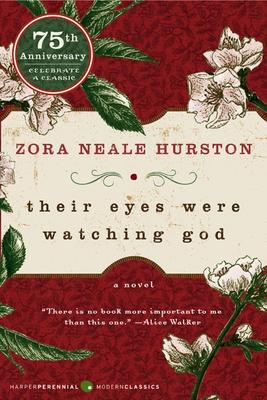Calling all Esherick fans and readers! Off the Shelf is an Esherick-like twist on the classic book club. It provides the opportunity for bookworms, Esherick fans, and local community members alike to explore Wharton Esherick’s legacy through the artist’s own richly stocked bookshelves, as well as recently published books that illuminate Esherick’s artistic networks and enduring legacy.
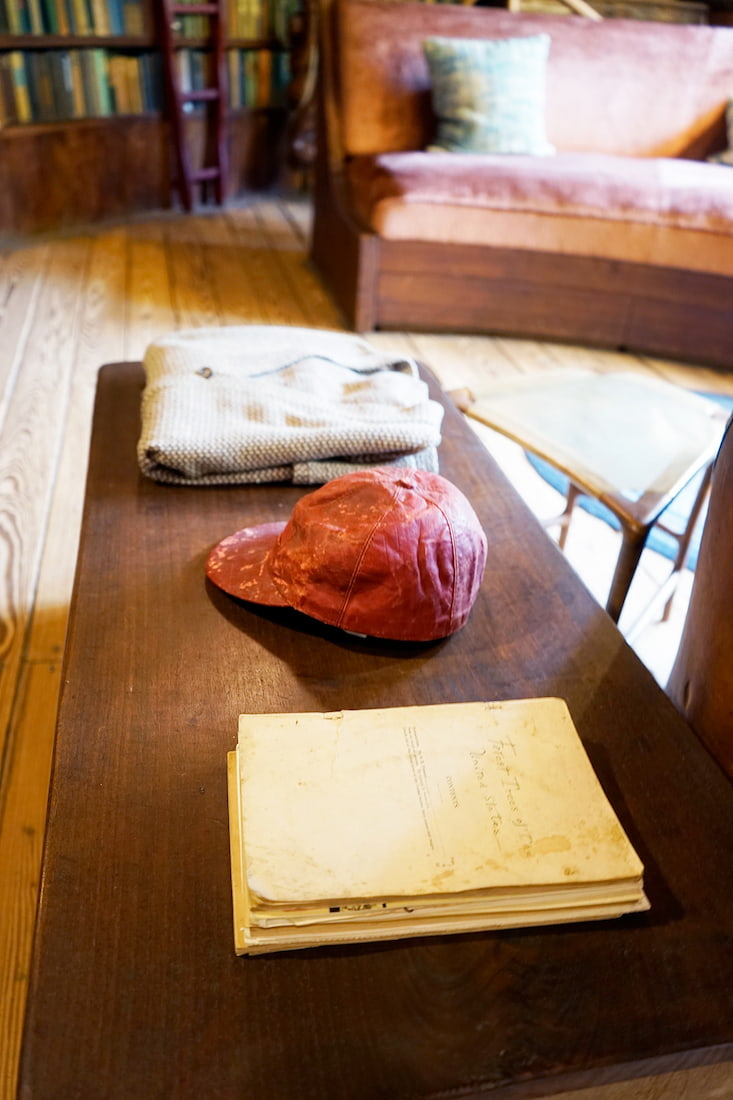
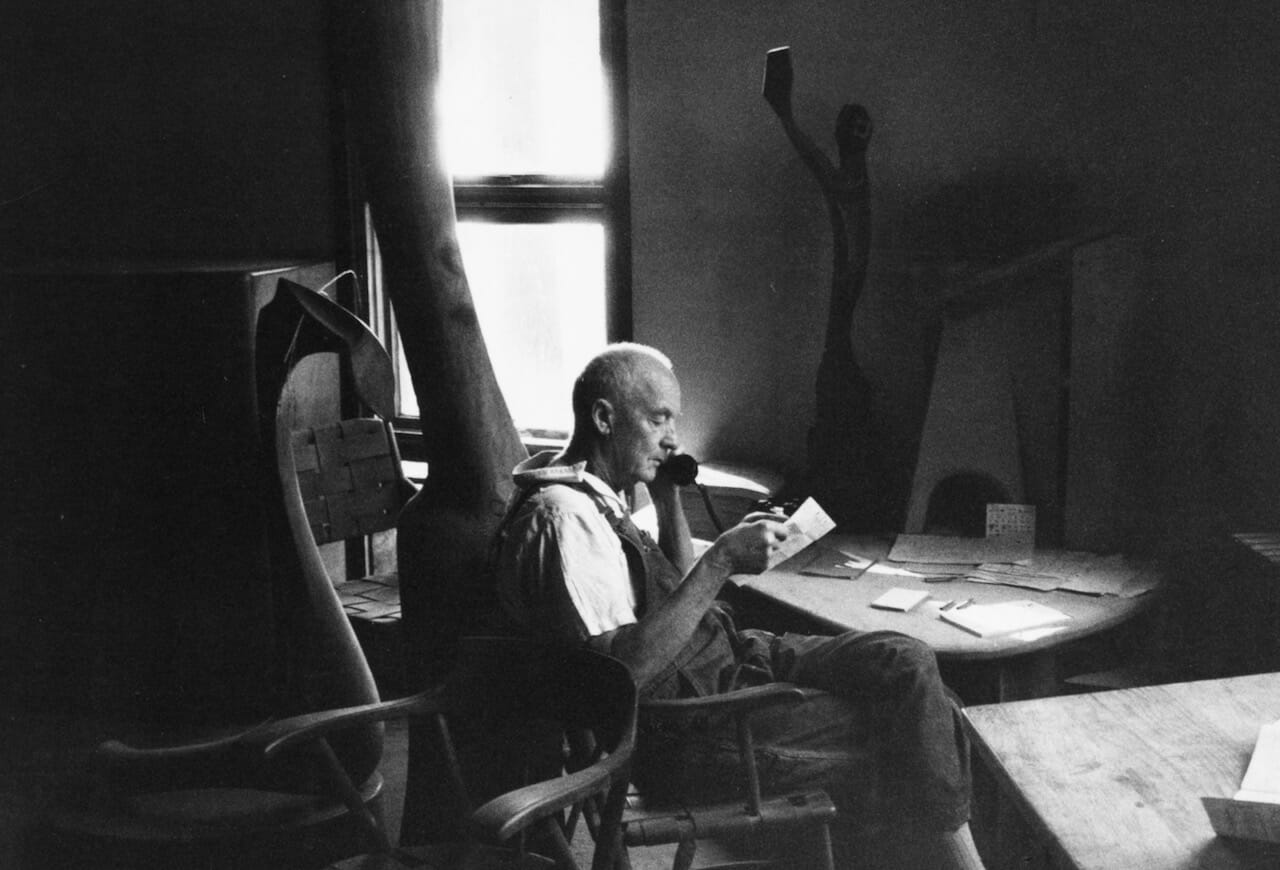
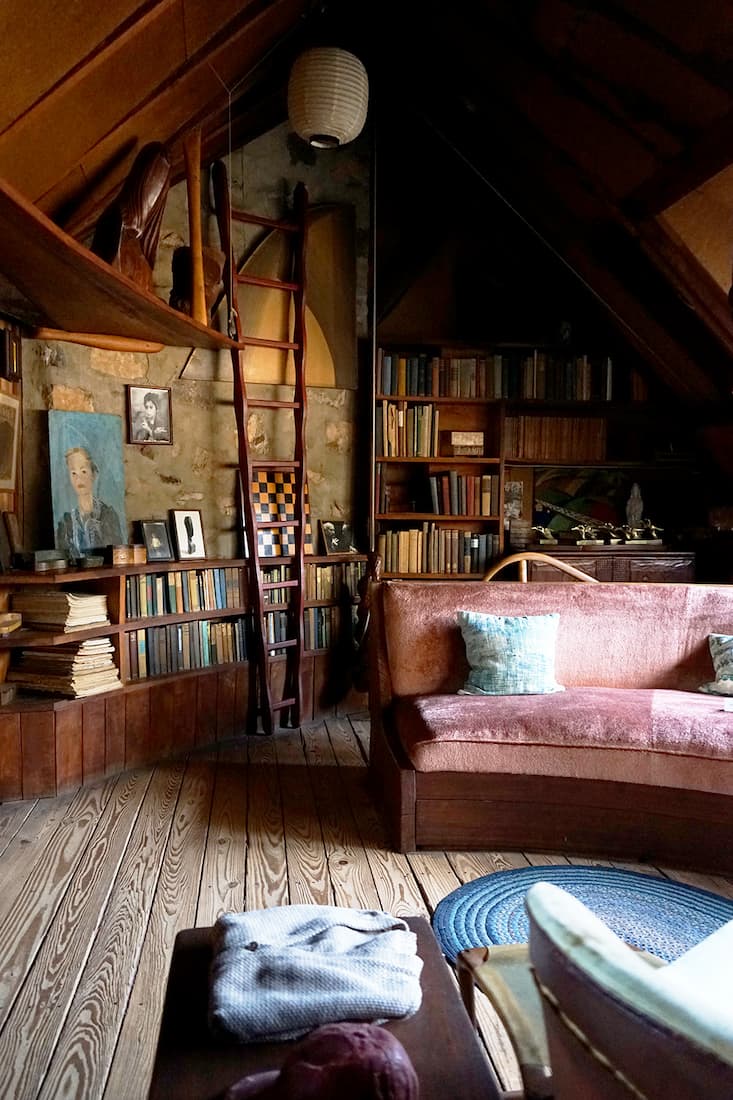
Off the Shelf: The Wharton Esherick Museum Book Club
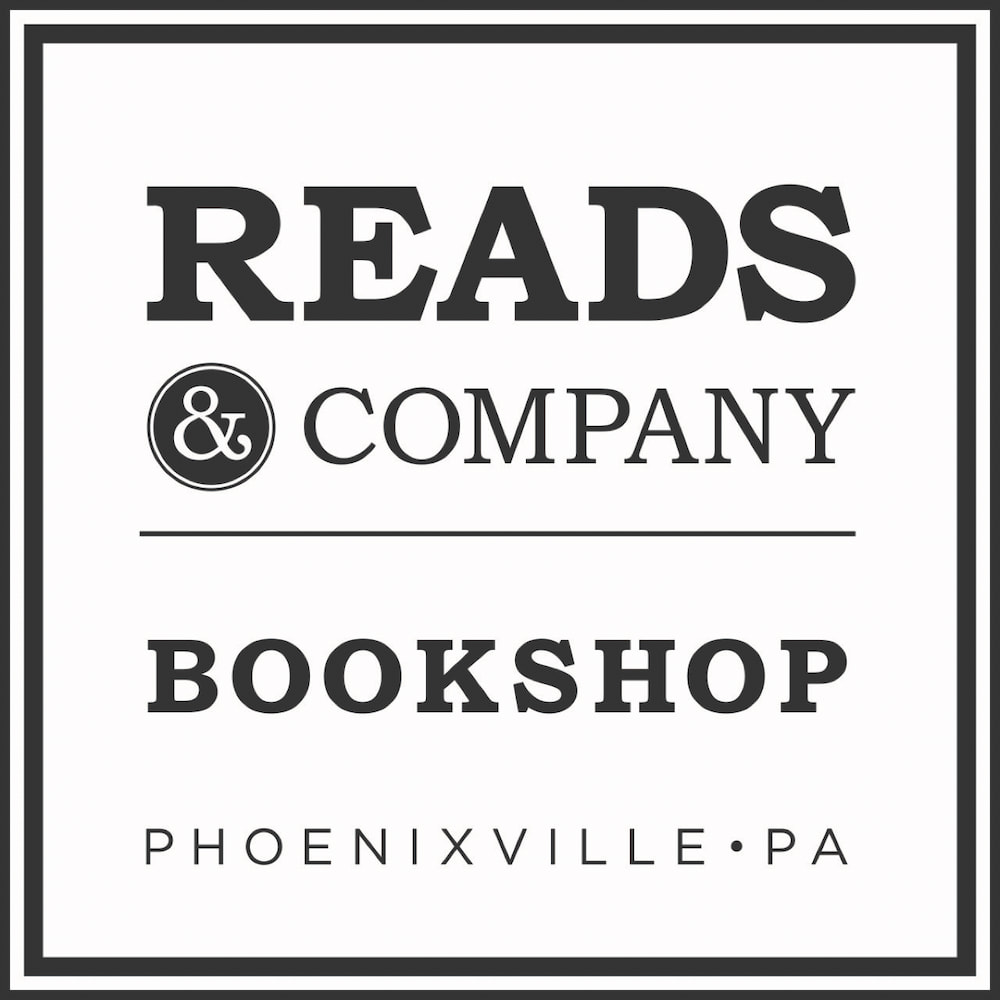 » The Wharton Esherick Museum is partnering with Reads & Company bookstore in Phoenixville, PA, who is graciously stocking our book club picks. Off the Shelf participants will receive 20% off their purchase of our monthly pick.
» The Wharton Esherick Museum is partnering with Reads & Company bookstore in Phoenixville, PA, who is graciously stocking our book club picks. Off the Shelf participants will receive 20% off their purchase of our monthly pick.
When you sign up for an Off the Shelf Book Club meeting, the promotional code will be included in your confirmation email.
Esherick’s Relationship with Books and Authors
Wharton Esherick’s life intertwined with many prominent writers of his day, such as Theodore Dreiser and Sherwood Anderson. Esherick worked with many authors and publishers during his lifetime to provide woodblock print illustrations. In many ways, Esherick’s journey in wood and three-dimensions began with the woodblock prints he created for Mary Marcy’s Rhymes of Early Jungle Folk (1922). Esherick was also quite the book collector, and often lent books that were significant to him for others to experience, too. What can we learn about Esherick’s life, work, and the time in which he lived through the books he worked on, read, lent out, as well as through the writers he considered close friends?
Whether they are pulled directly from his shelves, written by his close friends and companions, or shed light on Esherick’s life and work in new ways from our present moment, the books we discuss together every month promote a deeper, richer understanding of Wharton Esherick’s legacy.
About the Club
Off the Shelf: The Wharton Esherick Museum Book Club will hold meetings the second Wednesday of each month from 6:30-8:00 p.m., beginning on March 12th, 2025. For each meeting we will gather in the 1956 Workshop to discuss a select text and enjoy light fare, refreshments, and community! In addition, each meeting will include a trip into the Studio to examine relevant archival and special collections material!
If you don’t already have the book or want to make sure you have the same copy so that we’re all on the same page (literally!), we recommend purchasing the relevant texts here.
Photograph by Anne Todd
Join the Club
To join us for Off the Shelf, just reserve your spot in the sessions below! Limited space available.
Admission: $25 per session | $15 for members
Not a member? Learn more!
2025 Off the Shelf Season Pass: You can now purchase tickets for the whole season (6 meetings) of Off the Shelf at once for $125! Members can purchase their season pass for a reduced price of $75. Not a member? Become one today!
This is an in-person program at the Wharton Esherick Museum. If you have not received a confirmation, check your spam folder. If you have questions, feel free to call 610-644-5822 or email [email protected].
Schedule
Announcing the 2025 Off the Shelf Season Pass!
You can now purchase tickets for the whole season (6 meetings) of Off the Shelf at once for $125
Members can purchase their season pass for a reduced price of $75. Not a member? Become one today!
Wednesday, March 12th, 6:30-8:00 p.m.
Book: Zora Neale Hurston, Their Eyes Were Watching God
Arguably one of the most significant pieces of literature to come out of the Harlem Renaissance, Zora Nealse Hurston’s 1937 novel Their Eyes Were Watching God follows Janie Crawford’s coming of age and adult life in early 20th century Florida. Hurston’s novel explores how Janie journeys to define her blackness and femininity free from issues of race, gender, and patriarchy. We’re led to believe that Esherick saw Zora Neale Hurston speak on two separate occasions and likely met her both times due to her signature appearing on the inside of texts on Esherick’s bookshelves. What drew Esherick to be interested in this writer and anthropologist?
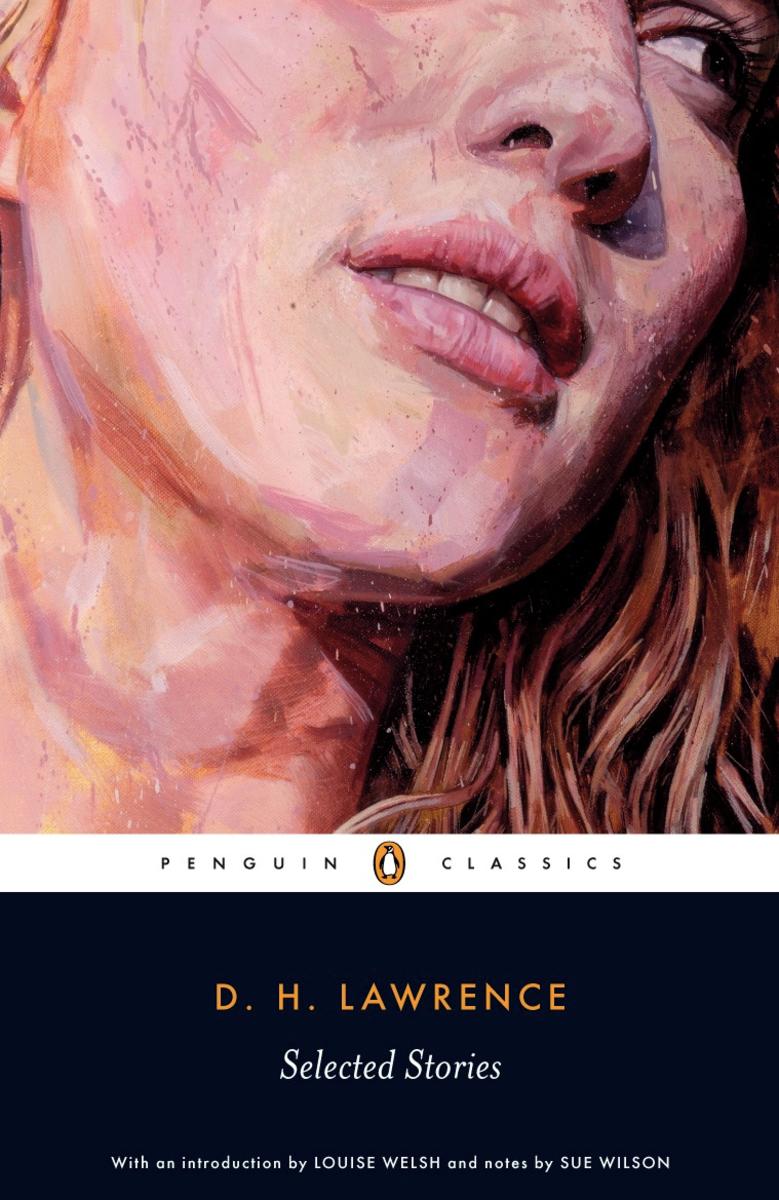
Wednesday, April 9th, 6:30-8:00 p.m.
Book: D.H. Lawrence, Short Stories
Although the two likely never met nor even corresponded, the English novelist D.H. Lawrence and Wharton Esherick collaborated on a book of essays published by the Philadelphia-based independent publisher Centaur Press. Esherick provided a wonderful woodblock print of a porcupine to serve as a frontispiece to D.H. Lawrence’s 1925 book of essays titled Reflection on the Death of a Porcupine. Writing during the early 20th century, Lawrence’s writing often concerns issues of industrialization, urbanization, and alienation, while championing sexuality, labor, and land.
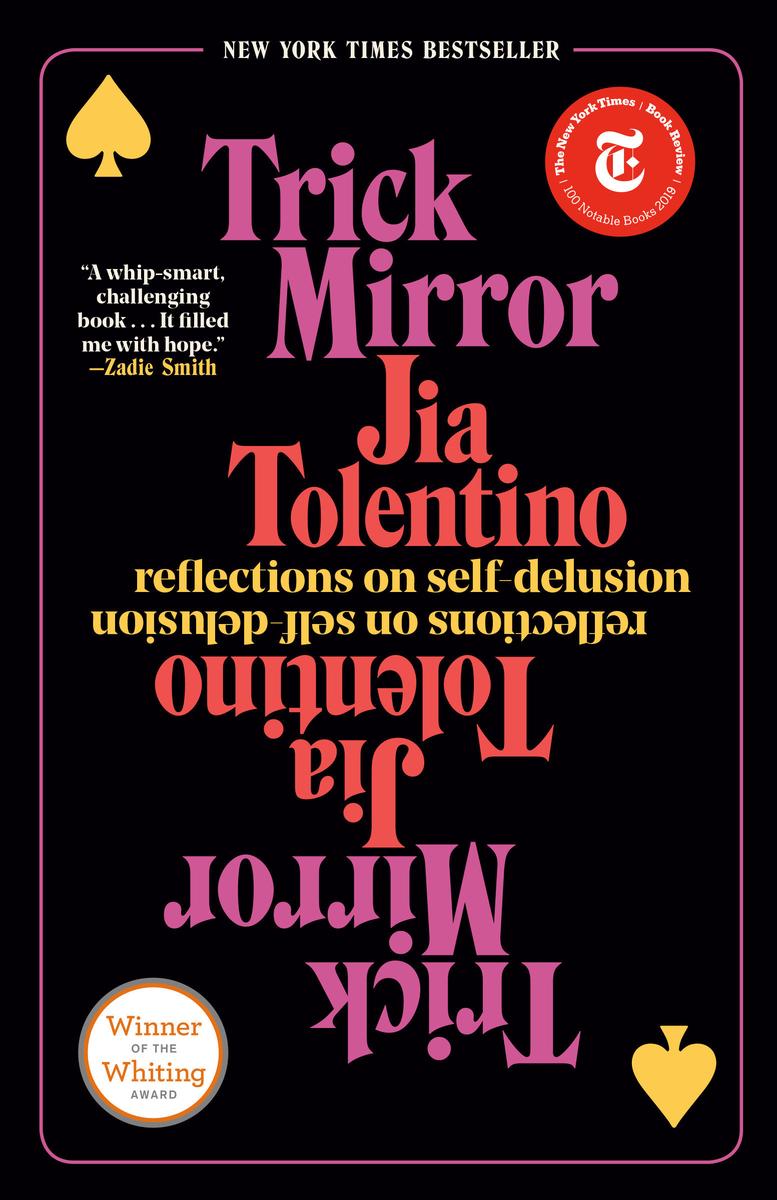 Wednesday, May 14th, 6:30-8:00 p.m.
Wednesday, May 14th, 6:30-8:00 p.m.
Book: Jia Tolentino, Trick Mirror: Reflections on Self-Delusion
This season’s contemporary pick sheds light on our annual theme: renewal. Ideas of renewal abound in our current moment between the growth of wellness and influencer culture. Tolentino’s brilliant book of essays allows us to critically discuss the concepts of renewal that we encounter on a daily basis, whether we’re aware of them or not. We’ll put Tolentino’s critique of wellness culture in dialogue with Esherick’s Studio as another model for contemporary wellbeing.
 Wednesday, June 11th, 6:30-8:00 p.m.
Wednesday, June 11th, 6:30-8:00 p.m.
Book: Rachel Carson, Silent Spring
Many works by Rachel Carson can be found on Esherick’s bookshelves. This includes Carson’s most groundbreaking work, Silent Spring, an indictment of the chemicals industry so poignant it catalyzed a grassroots environmental movement that led to the creation of the Environmental Protection Agency, the Clean Air Act, and other governmental actions. This text allows us to think deeply about the relationship between nature and culture, how humans shape their environment, and how in turn, the environment affects its inhabitants.
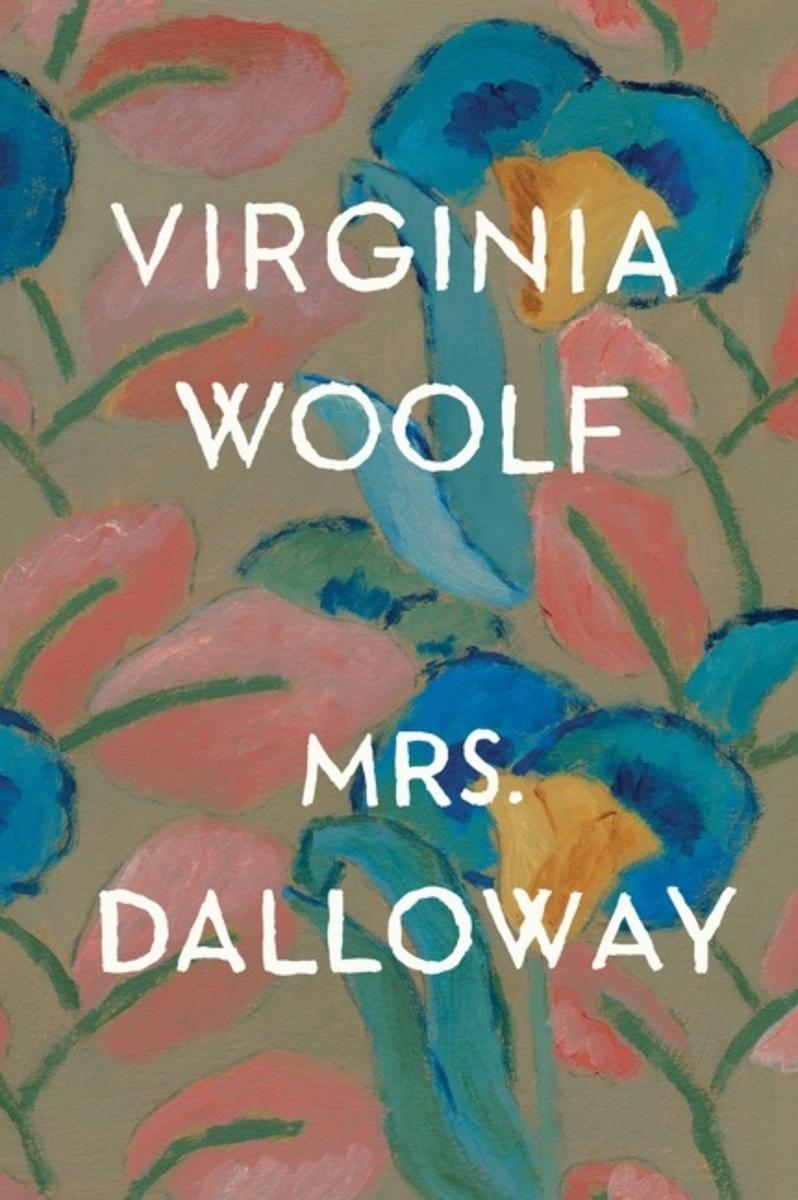 Wednesday July 9th, 6:30-8:00 p.m.
Wednesday July 9th, 6:30-8:00 p.m.
Book: Virginia Woolf, Mrs. Dalloway
Published exactly 100 years ago in 1925, Virginia Woolf’s dynamic, stream-of-consciousness novel takes place over the span of a single day and is packed with complex issues of time, perception, and class. Written in the aftermath of World War I, Woolf’s novel explores the experience of time, interiority, and life in a declining empire. The novel follows Clarissa Dalloway, a well-to-do woman planning for an evening’s party and a veteran of the war who suffers from the psychological impact of his experience. While Virginia Woolf’s non-fiction work is represented on Esherick’s shelves, this novel will better allow us to ask questions about life and class during the interwar period.
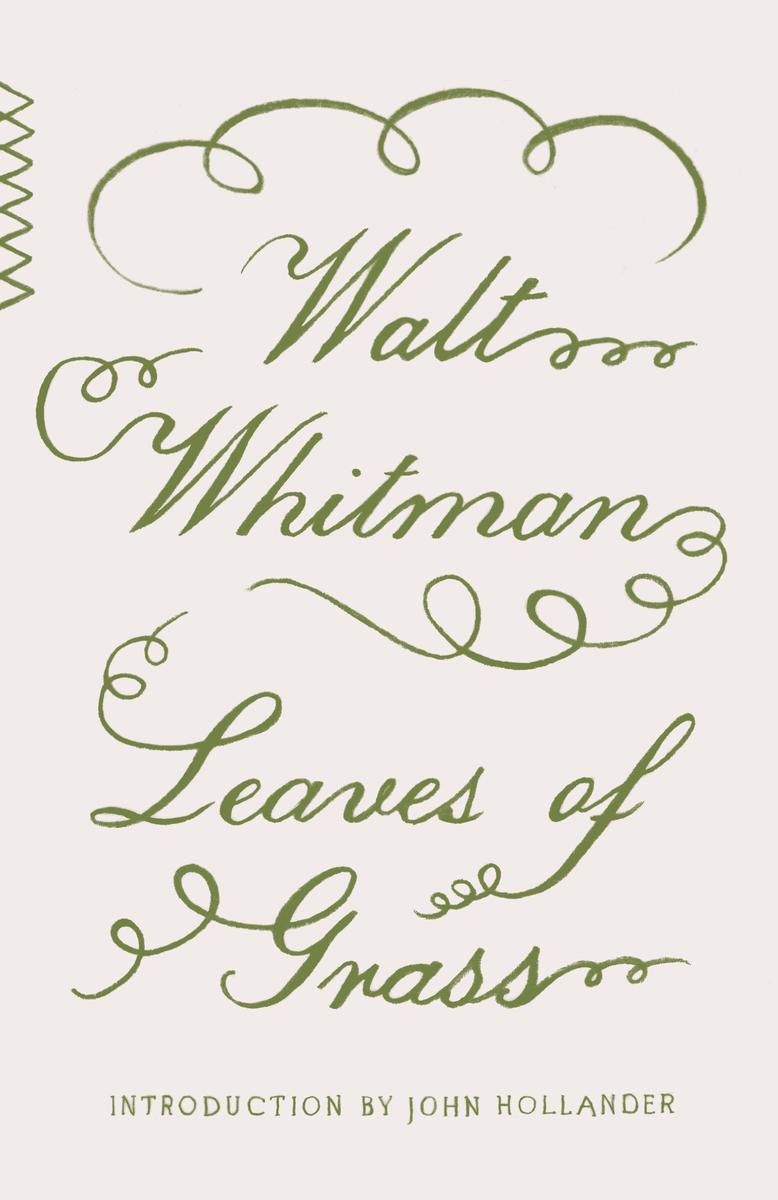 Wednesday August 13th, 6:30-8:00 p.m.
Wednesday August 13th, 6:30-8:00 p.m.
Book: Walt Whitman, Leaves of Grass
Heralded as one of Wharton Esherick all time favorite writers, Esherick did not only engage with Whitman’s work as a reader. Rather, Esherick had the opportunity to make illustrations for reprints of Whitman’s Song of the Broad Axe and Philip Dalmas’ musical setting for As I Watch’d the Ploughman Ploughing. Whitman’s Leaves of Grass allows us to access some of Esherick’s ideas about individuality, relationships to nature, and philosophies that played an important role in his life and work.

